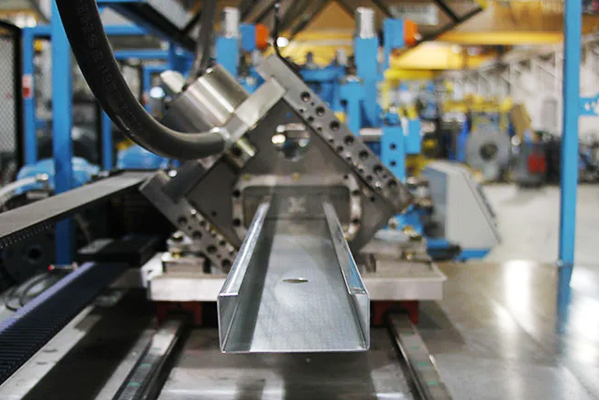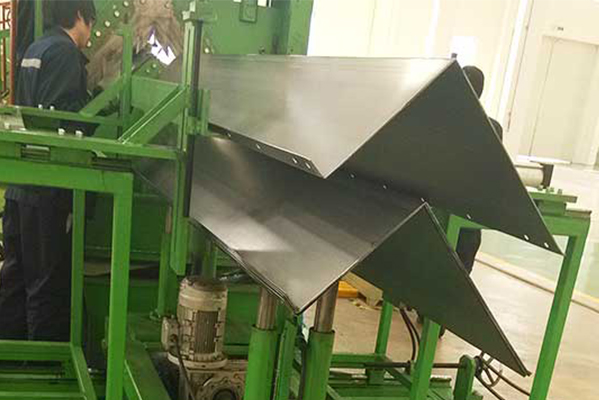Navigation Menu
Contact Us
- Email:
- info@wxavatar.com
- Address:
- Yurong Village, Yuqi Street, Huishan District, Wuxi, China.
Release Date:Jun 24, 2025 Visit:40 Source:Roll Forming Machine Factory
In the custom rollforming industry, material selection is a key factor that directly influences the performance, durability, and suitability of the final product. The characteristics of different metals can significantly affect the outcome of the rollforming process and the behavior of the finished components in their intended applications. Understanding the impact of material choices helps manufacturers and engineers make informed decisions that align with design, cost, and functional requirements.

1. Material Strength and Structural Integrity
The strength of the chosen material plays a central role in determining how well a custom rollformed product can support loads and resist deformation. For example, high-tensile steel offers excellent structural stability and is often used for applications that demand strong support, such as construction framing and automotive parts. On the other hand, softer metals like aluminum may be selected for applications where weight reduction is more critical than maximum strength.
2. Formability and Rollforming Process Efficiency
Not all materials behave the same during the rollforming process. Metals with good formability, such as mild steel and certain aluminum alloys, are easier to shape without cracking or surface damage. This can improve production speed and reduce the need for additional processing steps. Conversely, harder metals may require more precise tooling and slower forming speeds to achieve the desired profiles without compromising product quality.
3. Surface Finish and Aesthetic Requirements
Material choice also impacts the surface finish of custom rollformed products. Some metals naturally offer a smoother or shinier surface, which may be preferred for visible components in industries like architecture or consumer goods. In other cases, coatings or treatments may be applied after rollforming to achieve the desired appearance or texture, depending on the compatibility of the base material.
4. Corrosion Resistance and Longevity
The environmental conditions in which the final product will operate are crucial when selecting materials. Metals like stainless steel and pre-coated steel sheets offer improved resistance to moisture, chemicals, and wear, contributing to longer service life. Selecting the right material helps minimize maintenance needs and ensures the product maintains its performance over time.
5. Weight Considerations
In applications where reducing the weight of the final product is a priority, materials like aluminum and lightweight steel grades are often chosen. This is particularly relevant in transportation, where lower weight can contribute to fuel efficiency and easier handling.
6. Cost Implications
Material selection directly influences production costs. Some metals are more expensive due to their properties, availability, or required processing. Balancing performance requirements with budget considerations is essential to delivering cost-effective rollformed solutions without compromising on quality or functionality.

Conclusion
The choice of materials in custom rollforming is a strategic decision that shapes the performance, durability, appearance, and cost of the final product. By carefully evaluating the material’s strength, formability, surface characteristics, corrosion resistance, weight, and cost, manufacturers can tailor rollformed components to meet specific project needs. A thoughtful material selection process ensures that the finished products perform reliably in their intended applications, providing long-term value to end users.